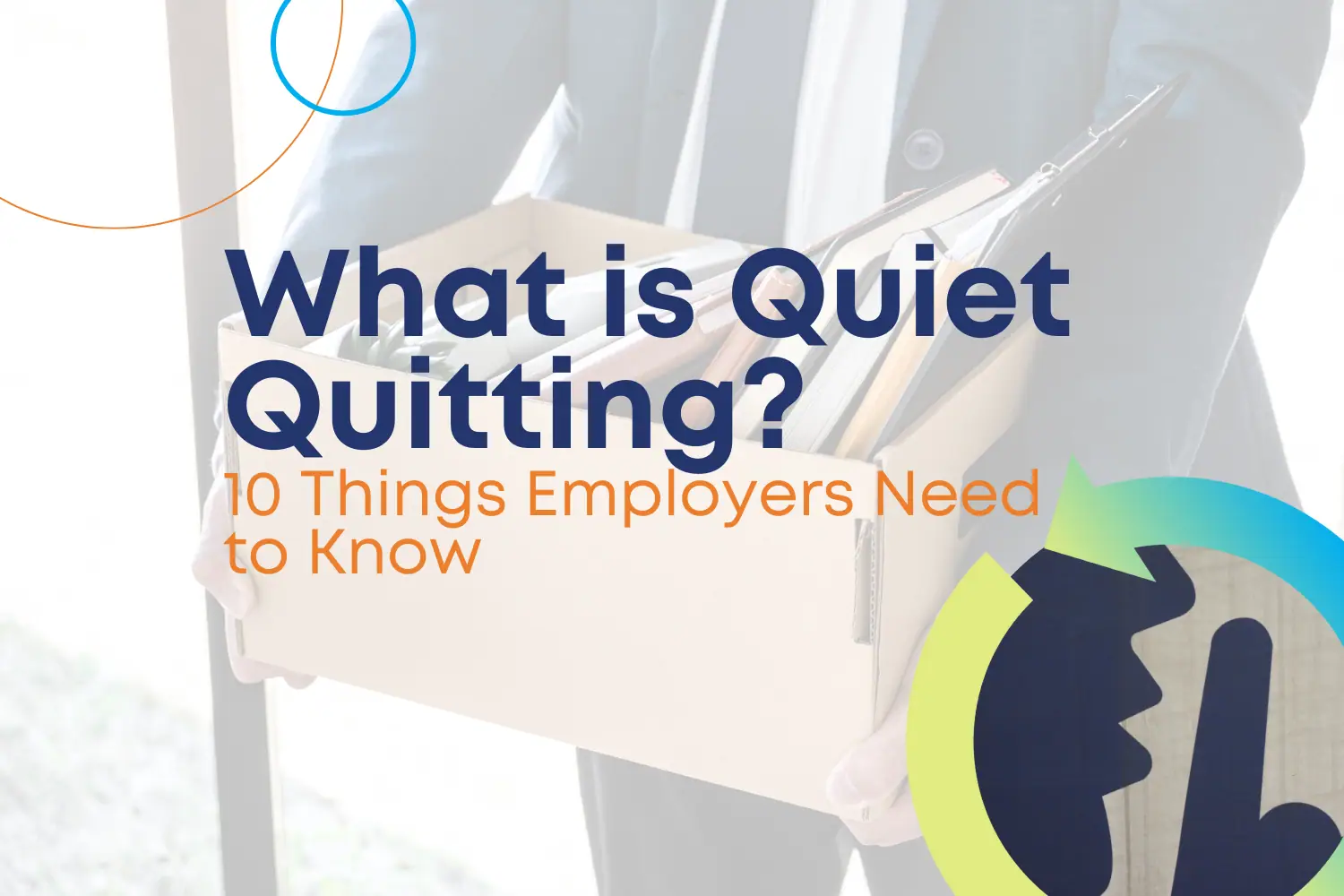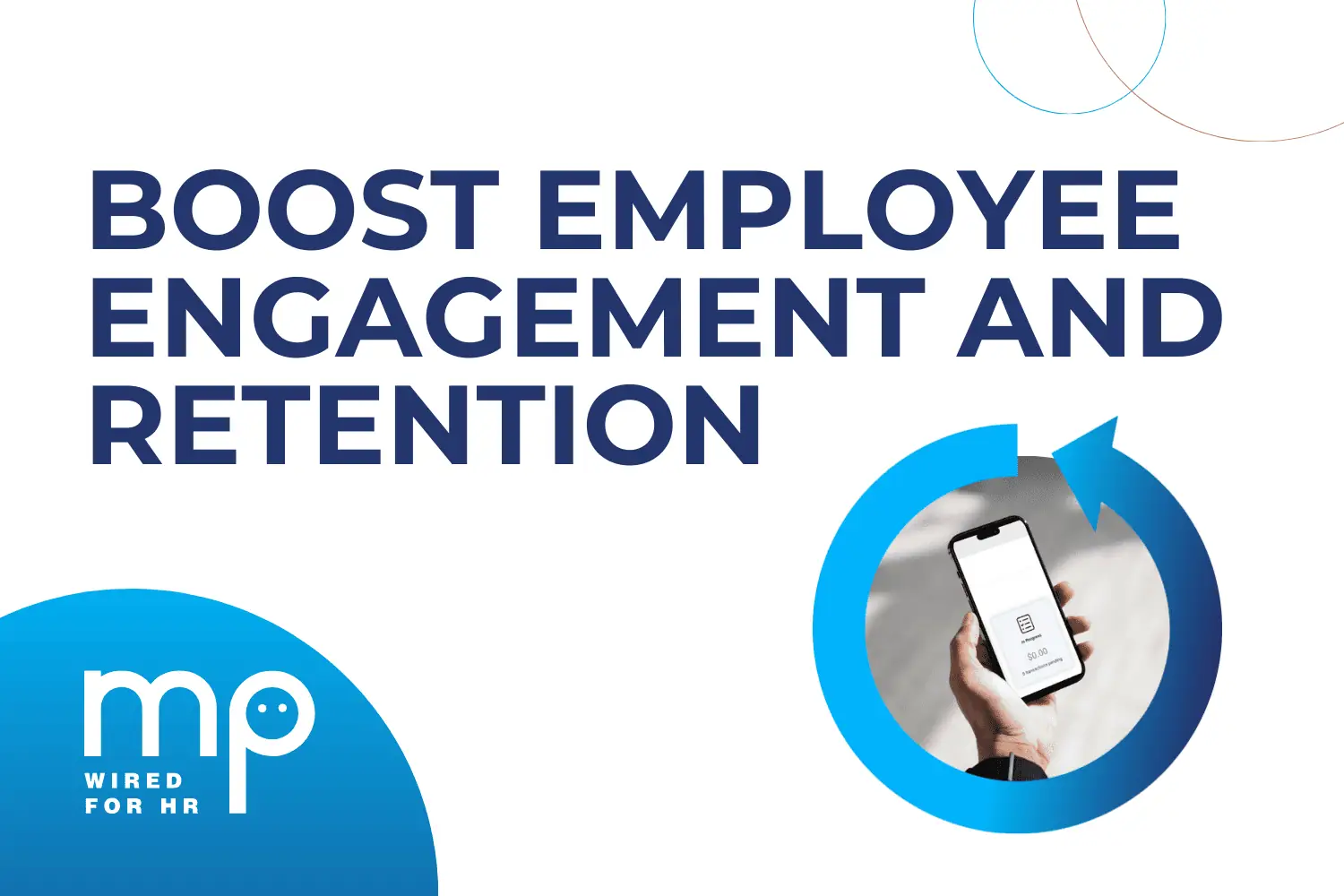7 Key Strategies for Maintaining Talent and Keeping Workers Engaged

Burnout is rarely one of the top of the priority list for the leadership of the typical business or organization, but employee engagement is crucial to the success of an organization. When the senior leadership of businesses neglect employee engagement, they experience a one or more consequences: talent is more likely to take sick days or personal days, employees bring less initiative and productivity to their work, disengaged employees negatively influence employees that are engaged, and lastly, often the bottom line of the company suffers. Another one of the costs of disengaged employees is loss of talent. When employee engagement isn’t high enough, employees will leave the team for a new company or firm. Hiring new talent to fill their role is frequently one of the most expensive events a company goes through. Prioritizing employee engagement isn’t just a trendy task for the HR team. Putting resources and energy to the development of employee engagement can lead to the development of significant ROI for the company. At the very least, the development of employee engagement protects the organization from significant damage. To assist businesses and their senior leadership with the development or improvement of employee engagement, these are seven key strategies for managers and senior leadership to implement in their organization.
7 Key Strategies for Improving Employee Engagement
1. Employers should offer mental health days.
Businesses will help to keep talent engaged if they offer mental health days, even one day a year. One way to implement this tactic is to have HR add a policy in the handbook and bring it to the attention of talent. Managers and HR departments should also consider reminding talent about the potential to take one or two mental health days, especially if they’re going through something difficult or senior managers notice that they seem to be feeling off or having performance issues. Mental health days are excellent investments for businesses because their talent will be emerging from one feeling refreshed and ready to work to their full potential for their businesses.
2. Employers and managers should ask for feedback.
Employees will be far more engaged when they feel like their managers and senior leadership value them. One way to achieve this is to ask employees for feedback on the work environment, management styles, specific decisions, etc. Giving feedback and seeing it put in action, or at least considered, will help keep talent engaged and fully invested in their workplace. When they participate in the development of the workplace or its goals, talent will feel an ownership of their businesses. Talent will feel tied to their businesses and motivated to help them achieve their potential goals.

3. Employers should provide training and growth opportunities.
One highly impactful want to keep employees engaged in their work is to offer training and talent development opportunities. Having the opportunity to build new skills and try new projects helps employees stay engaged in their work because it makes their job feel like a fresh, new one. This tactic doesn’t just help keep employees engaged, though. It also benefits the businesses themselves. When businesses support the development of new skills and experience in their employees, this helps the team complete more work and achieve new goals for the organization.
4. HR and upper management should create, model, and enforce boundaries.
One of the most common reasons that employees get burned out and are less engaged is that they have a hard time unplugging from work. When employees work from home, they find it difficult to sign off and stop work for the day. Sometimes employees will work extra hours, answering emails late into the night. This leads to employees who are far less engaged, lower performing for their company, and to eventual damage to the bottom line for businesses. Managers will help keep employees engaged by setting, modeling, and enforcing boundaries like work schedules. Employees should know when they can be done with work or when they no longer need to respond to emails or calls from clients or people within the company or organization. Beyond creating these boundaries, senior leadership and management should also enforce and model them. Employees should not get phone calls or emails from their team or senior coworkers or managers outside of work hours. Managers should also be careful not to praise achievements that came from employees who had to keep late work hours to succeed. The company should praise achievements that come from employees who work realistic hours for the development of the company or organization goals.
5. Management should frequently praise their talent, sometimes in public settings.
One of the most powerful methods of employee engagement is to praise talent frequently. Receiving encouragement motivates employees, sometimes more than money does. When employees get recognition from their senior leadership, they learn what tasks to keep doing (because managers praise them for doing them). They also get motivated to keep doing their work at the highest level because they know that managers at their company will notice and appreciate it. At some point all this praise should lead to a fair raise, but before that, it’s worth noting that this is a free tactic that a company can have its managers perform to keep employees engaged and performing their work at the highest level.

6. To keep employees engaged, employers should check in more frequently.
A critical component of employee engagement is when employees feel supported by their managers and senior company leadership. This could be both in terms of work or in terms of a more personal relationship. Managers should reach out to employees on a regular basis to see how employees are doing with their work, if they have all the tools they need to complete their job duties, or just how they’re doing generally. A best practice is when managers express a genuine curiosity about their employees’ lives and interests outside of work. Managers who make time for some small talk before meetings will find it goes a long way towards the development of strong relationships with employees. It can also help managers maintain strong relationships with employees, whether remote or in-person or a hybrid work arrangement. Research shows that employees who leave their company or organization for a new role will often do so because they don’t have a good relationship with their managers. Conversely, it’s well-known that employees who like and respect their managers will work harder for their team and are less tempted by potential jobs at new businesses. Small talk has the potential to not only build employee engagement, but also reduce the (expensive) loss of talent that every company experiences sometimes.
7. Employers should use anonymous employee surveys to learn how the team is doing.
Honest, actionable employee feedback isn’t easy for company leadership to obtain. An organization will get a better pulse on employee engagement if they send out an anonymous survey. There will be no potential that employees are punished by the company for their feedback, and it will be easier to share when they feel engaged in their work, why they feel engaged in the company culture, why they like their managers and leadership, or why they feel the opposite about these topics. Anonymous employee engagement surveys can even help managers and leadership learn if members of their team have been thinking about leaving the company.
Click here to learn the top 3 benefits of talent management services for the business executive.
Recent Talent Posts
Recent Posts
- Building a High-Impact Leadership Development Strategy: A Step-by-Step Guide
- Why Leadership Training Matters in 2025 and Beyond
- The Real Reason Your New Hires Quit (And How to Fix It with Smarter Onboarding) – Zip Drive INCLUDED
- Learn & Grow: The Learning Management System for Employee Engagement and Retention
- From Attic to Innovation: Jason Maxwell’s HR Leadership Journey
Categories
- ACA (10)
- AI (6)
- BizFeed (6)
- Business Strategy (119)
- COBRA (5)
- Compliance (202)
- COVID-19 (92)
- Diversity (12)
- eBooks (19)
- Employee Engagement (33)
- Employee Handbooks (24)
- ERTC (29)
- FFCRA (7)
- HR (306)
- MP Insider (13)
- Payroll (122)
- PFML (9)
- PPP (24)
- PTO (5)
- Recruiting (53)
- Remote Work (39)
- Return to Work (32)
- Unemployment (1)
- Wellness (22)
Archives
- May 2025
- April 2025
- March 2025
- February 2025
- January 2025
- December 2024
- November 2024
- October 2024
- September 2024
- August 2024
- July 2024
- June 2024
- May 2024
- April 2024
- March 2024
- February 2024
- January 2024
- December 2023
- November 2023
- October 2023
- July 2023
- June 2023
- May 2023
- April 2023
- March 2023
- January 2023
- December 2022
- October 2022
- September 2022
- August 2022
- July 2022
- June 2022
- May 2022
- April 2022
- March 2022
- February 2022
- January 2022
- December 2021
- November 2021
- October 2021
- September 2021
- August 2021
- July 2021
- June 2021
- May 2021
- April 2021
- March 2021
- February 2021
- January 2021
- December 2020
- November 2020
- October 2020
- September 2020
- August 2020
- July 2020
- June 2020
- May 2020
- April 2020
- March 2020



